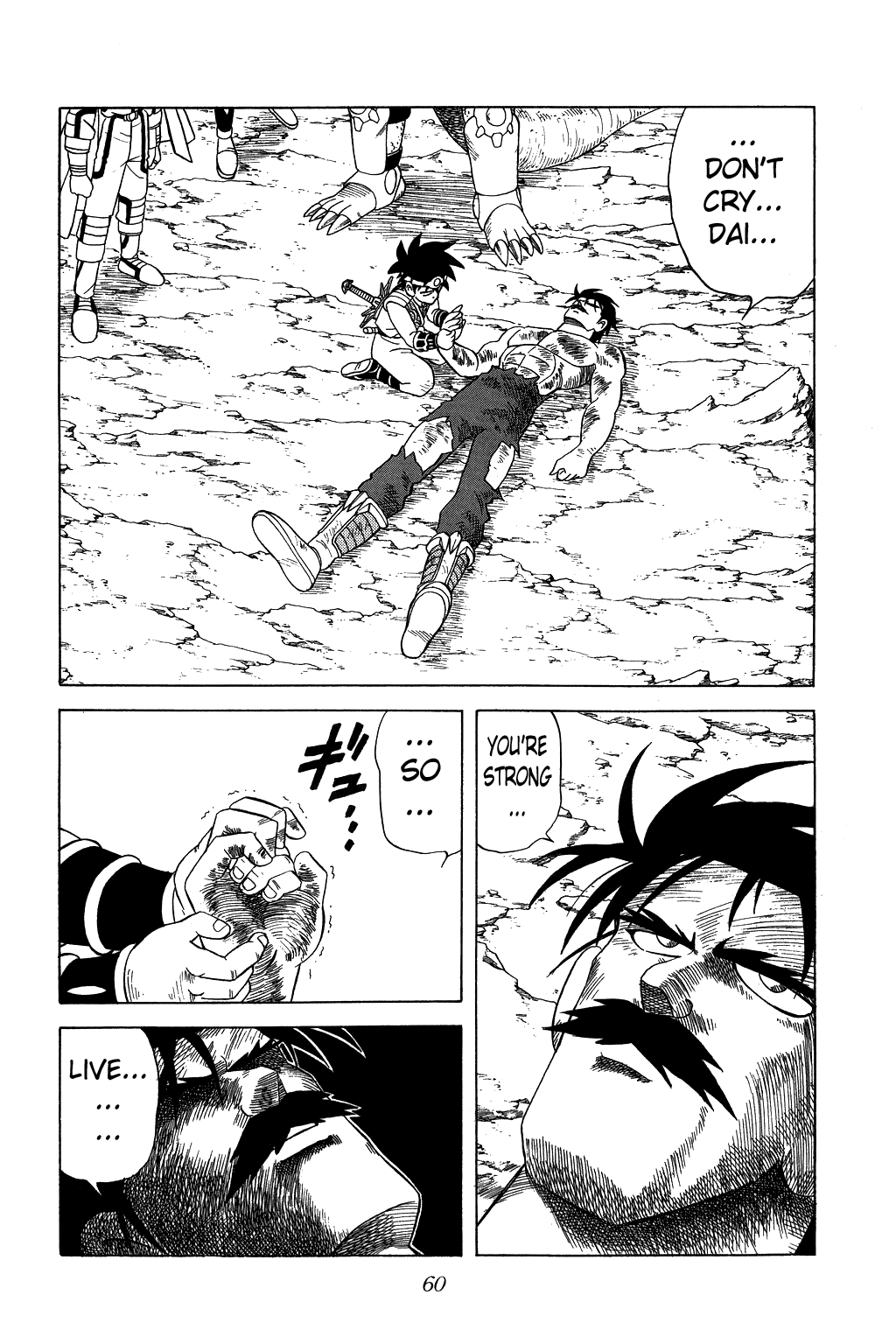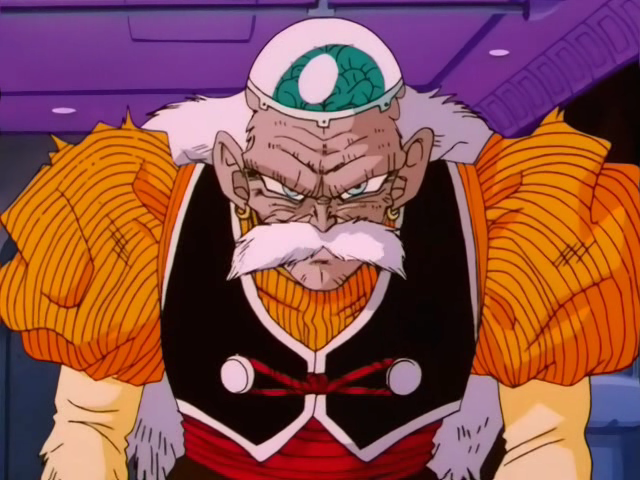

Additionally the background reverts to normal if one exits back to the standard character info screen. Like Origins and Dokkan Battle, the nature of what the gesture refers to is not elaborated upon and appears in both the Japanese and global versions. If performed correctly the background image will change to one featuring Master Roshi and Oolong as Bunny Girl Bulma (Youth) doing the Puff-Puff gesture. In Dragon Ball Legends, there is an alternate background to DBL16-06S Bunny Girl Bulma (Youth) which appears by using the touch screen while looking at the interactive character card image. Like Origins, the nature of what the gesture refers to is not elaborated upon and appears in both the Japanese and global versions. This screen shows Oolong as Bulma (Bunny) and Master Roshi performing the Puff-Puff gesture along with the text " Puff-Puff!". In Dragon Ball Z: Dokkan Battle, there is a special summon screen that randomly occurs shortly after the Meteor is destroyed. The scene itself is left uncensored in the English localization as though the exact nature of Puff-Puff and what the gesture refers to is not elaborated upon.ĭBL16-06S Bunny Girl Bulma (Youth) with alternate background featuring Master Roshi and the transformed Oolong performing the Puff-Puff gesture from Dragon Ball Legends The scene ends with the real Bulma attacking Oolong for "taking things too far" though what he actually does occurs off-screen. In Dragon Ball: Origins, the infamous scene appears as a cutscene though only shows Master Roshi and Oolong (as Bulma) performing the Puff-Puff! gesture with heart effects and comical noises. The Puff-Puff! summon screen in Dokkan Battle These references to the act were also removed from the American releases of the first six Dragon Quest games. References to the act were removed from the American television broadcast of the Dragon Ball anime adaptation.
#DRAGON QUEST MANGA CROCODINE DEATH SERIES#
Puff-Puff is one of the special acts available in the Dragon Quest series of video games, for which Toriyama is the character designer. The term was originally coined by manga artist Akira Toriyama and featured in Chapter 5 of his series Dragon Ball, published in Weekly Shōnen Jump on January 15, 1985. The term "Puff-Puff" comes from the Japanese onomatopoeia for a woman rubbing her breasts in someone's face the term can also be used for a woman juggling her own breasts. Puff-Puff ( ぱふぱふ, Pafu Pafu ) is a Japanese term for the placing of a person's face between a woman's breasts, often for sexual pleasure. Oolong as Bulma with Master Roshi referencing Puff Puff with hand gestures

This article contains some content involving a mature subject or situation and may not be suitable for younger audiences


 0 kommentar(er)
0 kommentar(er)
